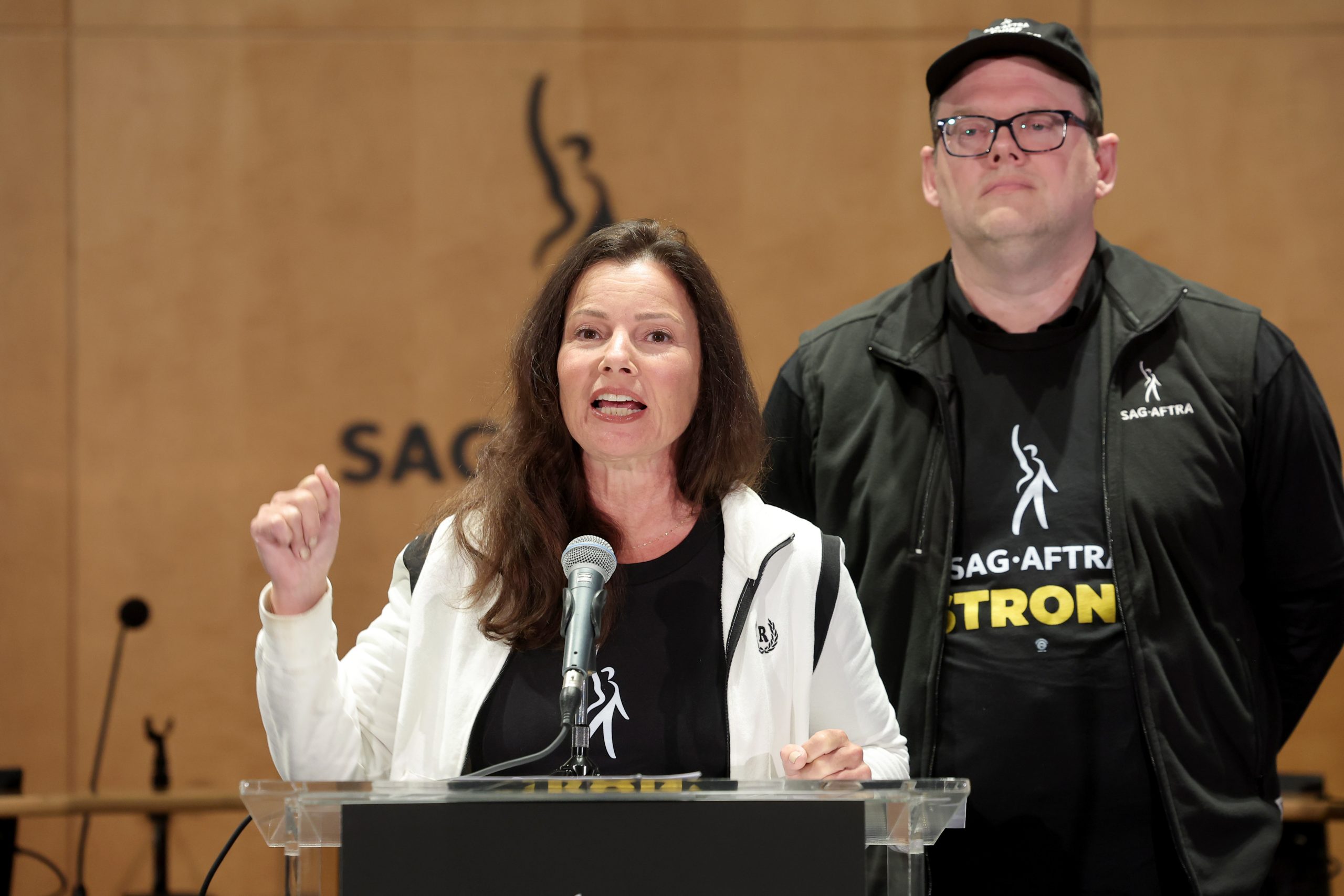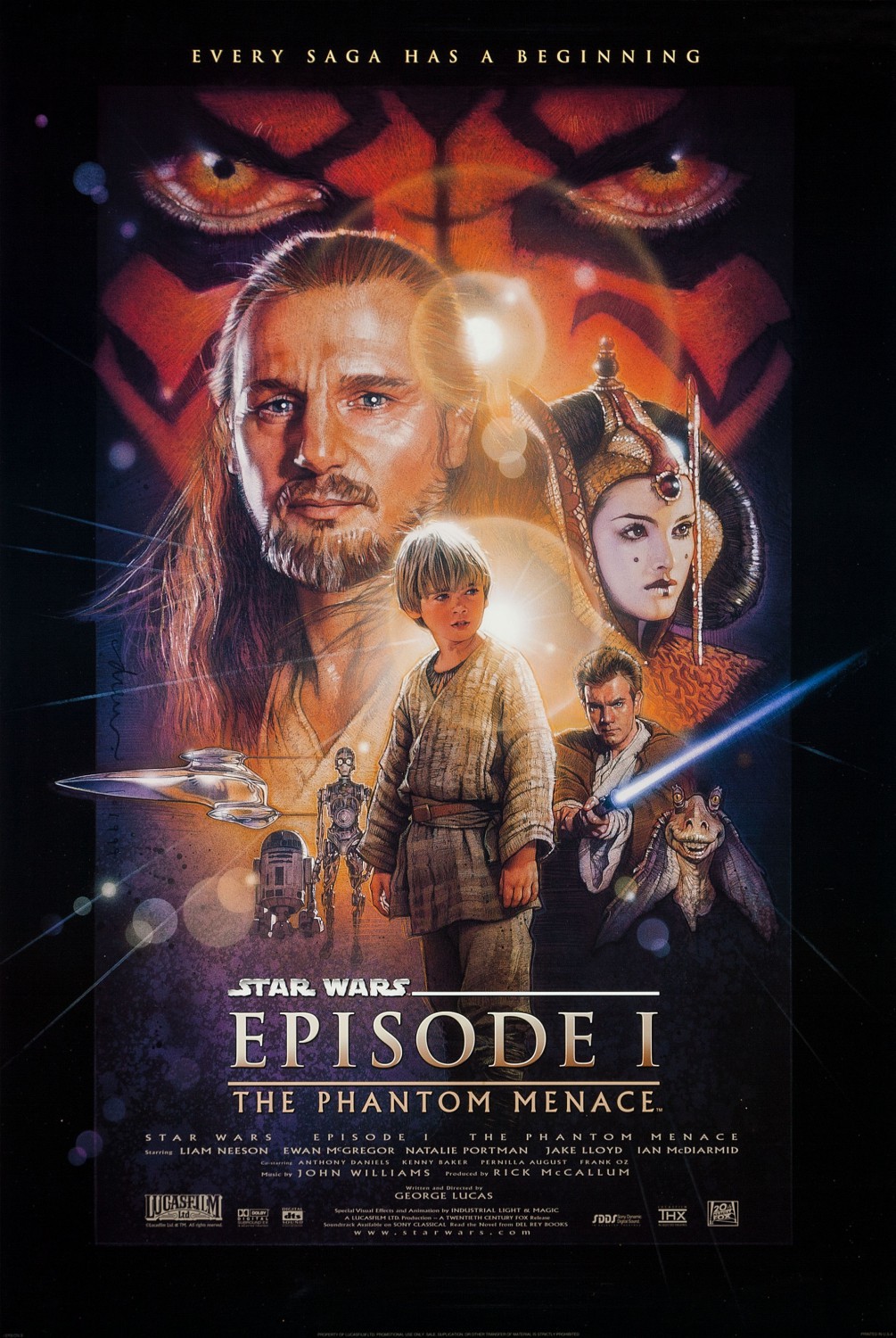SAG-AFTRA Strike: Why Are We Still Here?
It was a nice performance, we could even say worthy of an Oscar nomination, by Fran Drescher back in July when she got on the stand, with all the spotlight on her and chief negotiator Duncan Crabtree-Ireland to announce that they couldn’t take it anymore. SAG-AFTRA was going on strike because the other side of the table didn’t even engage with them in their negotiations, and were actually more interested in extending the deadline for the new contract to promote Barbie and Oppenheimer.
It was a good performance because it was rooted in reality, and there were a lot of tangible elements that were relatable for them and also for the audience watching. But almost four months in, the strike is still going on, the industry is suffering, and the spotlight is still on the guild’s negotiating committee. With the exception of those lucky enough to secure interim agreements, the vast majority of SAG’s 160k membership is out of work, but that barely scratches the surface. The LA economy has taken a hit North of $6 billion, and everyone from restaurant owners to nannies is struggling to pay rent. Not to mention the tens of thousands of below-the-line workers who are also out of work because production is not happening but whose rights are not being fought for. I’m talking makeup artists, cinematographers, set designers, set decorators, set plumbers, or electricians. Where will the WGA and SAG-AFTRA be next year when IATSE and Teamsters have to discuss their new contract?
Over the weekend, the studios delivered their “last, best, and final offer” to the guild, and though the details are not public yet, Crabtree-Ireland and the negotiating committee have apparently given their answer to the studios. However, some reporting is being done on this issue, so let’s try to clarify what’s being said out there.
The sticking points remain artificial intelligence, the streaming residuals, and the increase in minimums. First, on AI, according to Puck News this has turned into a fight between the lawyers over the definitions of terms like “generative AI” or “digital replicas”, as well as the issue of training models on actors’ performances. Reporter Jeff Sneider posted on social media that apparently the studios agreed to the guild’s terms on AI in exchange for SAG-AFTRA dropping the residuals model they’d proposed in favor of one similar to the WGA’s. If so, that would actually make sense. Whatever the studios gained in the AI field, the White House is likely to walk back over the next few months in the wake of Joe Biden watching Mission: Impossible — Dead Reckoning (?).
In terms of streaming residuals, Puck is reporting that the guild is no longer asking for that subscriber “levy” Ted Sarandos liked to talk so much about, and has shifted towards a success-based model like the one the WGA got. Per the trade, “The SAG-AFTRA approach would consolidate the money from bonus residuals in a jointly-administered company-union fund, with the disbursement formula to be discussed later.” This is a structure similar to how music residuals work, though obviously a lot of details are missing at the moment.
But we also have some developments here. Lucas Shaw reported at Bloomberg over the weekend that the WGA’s that barely 4% of Netflix’s original programs would be considered hits under the WGA contract. Although, there are a couple of notes here. First of all, Netflix puts out so much more original content than any of its competitors, so it’s significantly harder for something to stick out there. They also have a ton more subscribers because their target demographic is so diverse (basically everyone). The analysis was also made on a 2,000-person panel, which isn’t really representative of the 77.3M subscribers Netflix has in the US.
In terms of the increase in minimums, according to Puck, the increase will be something between 7% and 9% in the first year, depending on gains for either side in other areas. Even if it’s a 7% uptick, it’s a significant increase with respect to the WGA’s 5%. Remember: the writers were asking for 6% and were forced to lower it by one point. And that 5% made up for 80-90% of the cost of the new contract (although it’s hard to quantify how much the AI rules will cost).
The bottom line is that 10 days go, the reports were very optimistic and there was real momentum. Multiple sources told multiple outlets that a deal was a matter of fine print, but the actors have essentially dragged on the fight for another number of days. The CEOs haven’t even attended the meetings lately, a sign that they considered the matter resolved. And yet, here we are. By the time the writers got to the same point, they wrapped it up in a matter of one or two days. The SAG-AFTRA contract is significantly more complex, yes, but it also feels like we’re going in circles, and at some point, the studios will run out of patience and push it back until January. After all, the 2024 schedule is already upside down, what more can a two-month delay do to them?
Miguel Fernández is a Spanish student that has movies as his second passion in life. His favorite movie of all time is The Lord of the Rings, but he is also a huge Star Wars fan. However, fantasy movies are not his only cup of tea, as authors like Scorsese, Fincher, Kubrick or Hitchcock have been an obsession for him since he started to understand the language of filmmaking. He is that guy who will watch a black and white movie, just because it is in black and white.







